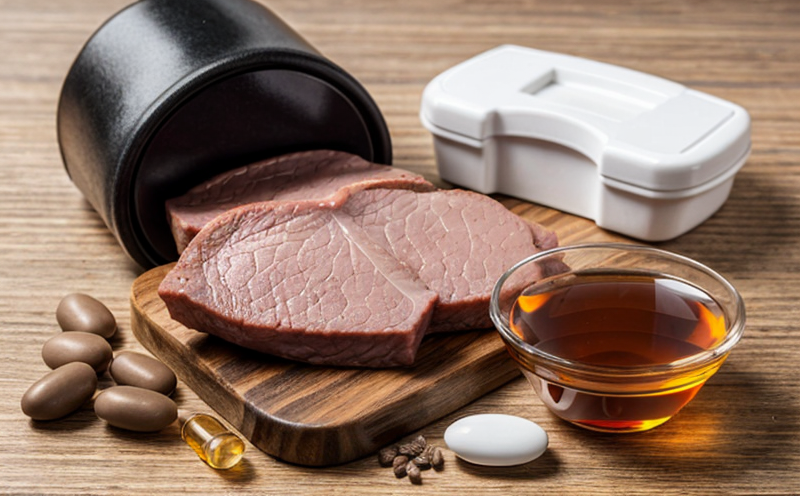CYP1A1 Induction Testing in Aquatic Species
The CYP1A1 induction test is a critical tool used to assess the potential toxicity of xenobiotics (foreign substances) such as pharmaceuticals, pesticides, and industrial chemicals on aquatic species. This test evaluates how these compounds influence the expression of cytochrome P450 1A1 (CYP1A1), an enzyme involved in detoxifying foreign compounds. Elevated levels of CYP1A1 indicate a response to xenobiotic stressors, which can be indicative of potential harm to aquatic ecosystems.
This testing is particularly relevant for regulatory compliance and environmental risk assessment, especially in sectors involving water treatment plants, pesticide manufacturing, and pharmaceutical industries. By identifying pollutants that induce CYP1A1 activity, stakeholders can take proactive measures to mitigate risks associated with chemical exposure.
The test procedure involves exposing aquatic organisms (typically fish or crustaceans) to the substance of interest for a specified period under controlled conditions. Following this exposure, samples are analyzed using spectroscopic techniques such as ultraviolet-visible (UV-Vis) spectrophotometry or high-performance liquid chromatography (HPLC). The concentration of CYP1A1 is quantified through these methods, providing valuable insights into the xenobiotic's potential impact on aquatic life.
For accurate and reliable results, it’s important to follow strict specimen preparation protocols. This includes ensuring that the test organisms are acclimated properly before exposure to the substance under investigation. Additionally, maintaining precise control over environmental variables such as temperature, pH, and salinity during the testing period is crucial for obtaining consistent outcomes.
The significance of CYP1A1 induction testing extends beyond mere compliance; it plays a vital role in safeguarding aquatic biodiversity and public health. By identifying pollutants that induce this enzyme, researchers can develop more effective mitigation strategies to protect sensitive ecosystems and human populations reliant on these water sources.
| Applied Standards |
|---|
| ISO 17025:2017 - General requirements for the competence of testing and calibration laboratories |
| ASTM E1640-18 - Standard practice for conducting aquatic toxicity tests with freshwater fish |
| EN ISO 9372:2009 - Testing of chemicals in the environment - Determination of cytochrome P4501A1 activity (CYP1A1) in aquatic organisms |
Applied Standards
The CYP1A1 induction test is governed by several international standards that ensure the accuracy, reproducibility, and reliability of results across different laboratories. These include:
- ISO 17025:2017 - General requirements for the competence of testing and calibration laboratories: This standard provides a framework for ensuring that testing facilities meet specific criteria in terms of personnel qualifications, equipment calibration, quality assurance, and more.
- ASTM E1640-18 - Standard practice for conducting aquatic toxicity tests with freshwater fish: It outlines the procedures for performing aquatic toxicity tests on fish species, which are often used in CYP1A1 induction testing due to their sensitivity to xenobiotics.
- EN ISO 9372:2009 - Testing of chemicals in the environment - Determination of cytochrome P4501A1 activity (CYP1A1) in aquatic organisms: This standard specifies how to measure CYP1A1 induction levels, including sample preparation and analysis methods.
Benefits
Identifies potential toxic effects of xenobiotics on aquatic species.
Aids in regulatory compliance with environmental protection laws.
Facilitates the development of safer products and processes.
Serves as an early warning system for emerging pollutants.
Informs risk management strategies to protect ecosystems.
International Acceptance and Recognition
The CYP1A1 induction test is widely accepted by regulatory bodies such as the U.S. Environmental Protection Agency (EPA) and the European Commission.
It is a key component of environmental impact assessments conducted in countries adhering to international environmental agreements.
The results from this test are recognized globally for their reliability and consistency, making them suitable for comparative studies across different regions.





